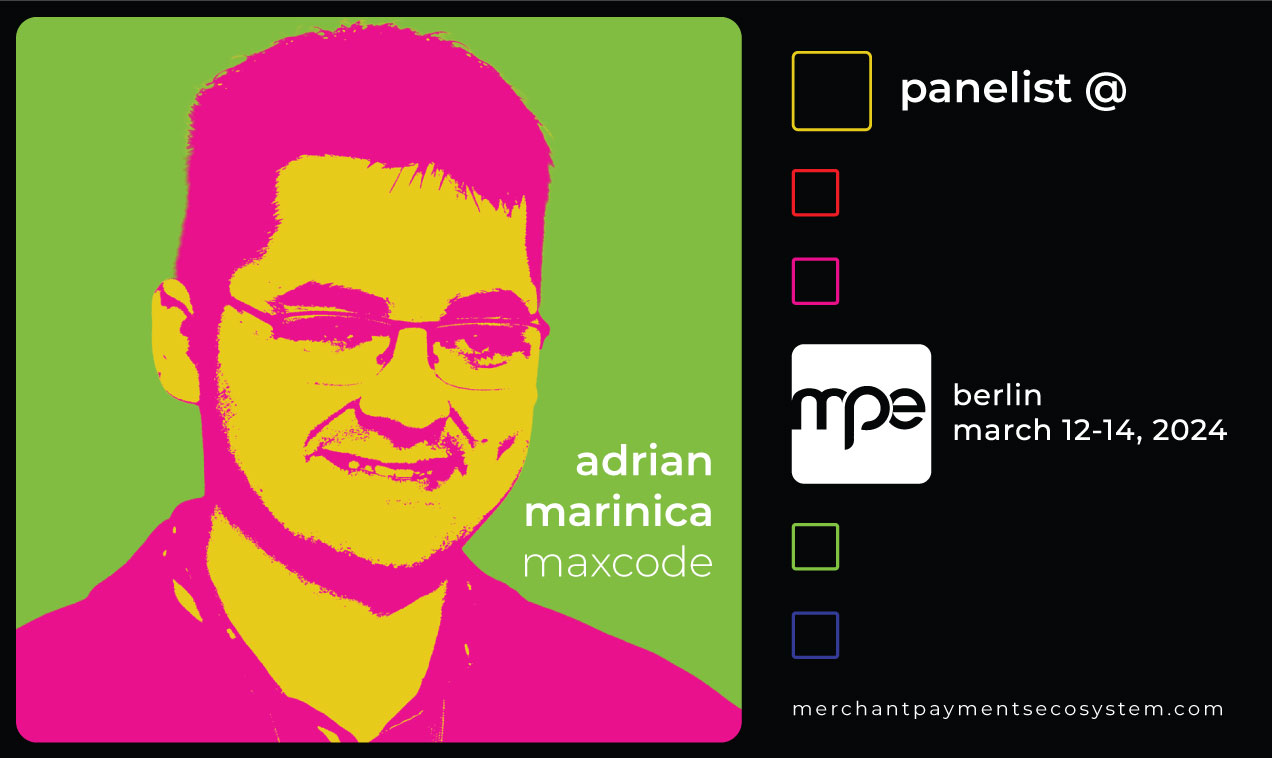Welcoming a new client should always be a new exciting experience in outsourcing. In hindsight, we think this is one of the most important steps for the client because it is indispensable for them to find a supplier they can trust with their idea or need.
In 15 years of working with long-term partners, we learned to have the utmost respect for the client’s ideas and go the extra mile to make them happen. With every opportunity for a new partnership, we strive to bring benefits to both our clients, but also to the teams working on the project; so, having an effective onboarding process is a must. Because there is no bulletproof one size fits all solution, being flexible, and having a client-focused approach is essential.

Our deep connection with the Dutch culture is obvious as we strongly agree with the Dutch post-impressionist painter, Vincent van Gogh, who said that “great things are not done by impulse, but by a series of small things brought together”; when navigating a brand-new relationship with a client we do not deflect from the following steps:
?Step 1: Get to know the partner
When working on projects that require complex work and intricate thinking to solve problems, the first thing needed is trust. This is why an up-close and personal approach is vital when welcoming a new client within Maxcode. Therefore, whether it is by getting to know us, our work so far, our other partners and our accomplishments, we are an open book so that we can start the new project on the right path.
Besides trust, which is earned in time as well, the goal is to also have the client’s respect, by proving that we understand their idea (product) and use our experience in creating the suitable technical solutions to which we add our business expertise in order to achieve the client’s objective.
We think that the special “small thing” (as van Gogh calls it) that makes the difference is the ability to create a high-level purposeful cooperation to maintain a relationship over time and become partners, not only collaborators.
?Step 2: Learn the need
This step is imperative, understanding the expectations and needs of our client is the first grasp of the solution we will be working on. Let’s look at a few key tactics for understanding client needs:
- Know the client’s market – research the domain they operate in, the trends, what technology stacks are appropriate for that specific domain, investigate products, and accommodate to the new setting. If you are already a partner for companies within the sector, such as we are for companies working in fintech, healthcare, or logistics, you will already have a checklist of questions to take into consideration and to help your new partner guide through.
- Know the client’s goals – keep the personal involvement alive in the relationship and use it to find out what are the goals your client has for his product and company in the next years.
- Listen – seems that this is the most straightforward advice, but really listen to your client will help you understand and retain information about his need that you will later use when creating the solution.
- Ask questions – another important aspect is to adapt your communication style so that you build rapport and increase ease of communication, but also ask open-ended questions so that you can see the solution through the client’s eyes.
- Bring ideas to the table – this is how you show your experience and convince the client that you are the ideal supplier for them.

?Step 3: Outline the scope and create a tailor-made team
A well-defined project scope is ensuring the success of the project, determining the goals and the limits of that project. After you learn the need and the goal of the client, the project scope will originate from that specific problem that needs solving or from the business requirement that needs to be fulfilled.
In our case, once the scope and the milestones of the project are set together with the client, we rigorously create the tailor-made team with the right skill set to work with the client and manage the timeline accordingly. By doing this, we have established one important step towards winning the client’s trust and respect.
We encourage transparency towards the client, involving them in creating a plan and getting feedback along the way. Both the client and the team you have in place should be in agreement about the plan before moving forward.
?Step 4: Turn ideas into reality
Some say that building innovation cannot be done by means of outsourcing; we strongly disagree. Let’s not forget that outsourcing companies have years of experience in the domain, and this experience together with a strong relationship between the supplier and the client, discussing and brainstorming, are key factors in transforming an idea into reality.
As a starting point in this step, you should define all the details related to your client’s product and what it needs to do. While the format isn’t particularly important, you need to capture the overall context of the application, the specific features it needs to have, and as much detail around each feature as possible, and you can do that either via an outline of features or by doing a mockup.
Then the question comes in: the cost – this is where a business mindset in the outsourcing partner helps out the client, and where all the previous steps jump in. Working mostly with SMEs, scale-ups and startups, we have experienced different expectations from the clients. Nevertheless, if you know the expectations of your client, and the wish, then you know how to act, what technologies to use, and what approach to take.
For instance, if the client is not sure about the product, you can start with a proof of concept, while if the time-to-market needs to be short, the focus should be delivering a version of the product with just enough features to be used by its early customers. Then those users can provide feedback for future product development, which is the fundamental requisite for the success of the client’s product.
Finally yet importantly, be open and adapt. Rarely do things go exactly as planned, and it might so happen that the focus can change after new market research, changes, and new developments in the industry, or even things we cannot control, as 2020 showed us. This is where the difference of an outsourcing company with developers that see beyond writing code helps: together you can recalibrate, refocus, and continue discussions with your partner constantly to make sure that you will still deliver on the promise and still turn the idea into reality.

?Step 5: Maintaining the partnership
Once the process of onboarding new clients is over, you should still have a way to maintain constant contact with that client. It is also a good idea to check in with that client to see how everything is going and answer any questions they might have. For this, we have a clear process of achieving client satisfaction in place.
This will help you find out if they are happy with the work that has been completed so far. It will also strengthen your relationship with that client because it will show them that you value their business. The better the first impression is, the higher the chance that the client might refer your company to anyone in need, or agree to a case study or a testimonial.
Focus on what is truly vital
Finally, you need to realize that client onboarding is not just about the service you are providing to the client, but also about the experience of working together as a team to reach a common goal. Take the time to focus equally on the success of your client, as well as your business relationship, and you will gain their loyalty.
Do not forget it is important that the supplier has the utmost respect towards the client’s idea, as it represents the core that they need to work with and build on top of, as well as the client’s most valuable asset.

About Andreea Zanfirescu
Within Maxcode, Andreea has mastered different roles, from technical to business-oriented. This experience has helped her understand all stages of the outsourcing business, so now her focus is to discover new opportunities for Maxcode and participate in the evolution of the company. Moreover, her commitment stands and has always stood in a great partnership with our clients, and a flawless collaboration on projects, from start to finish.




